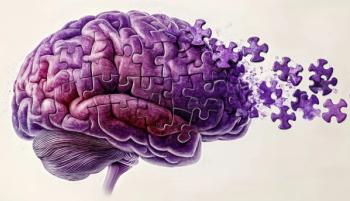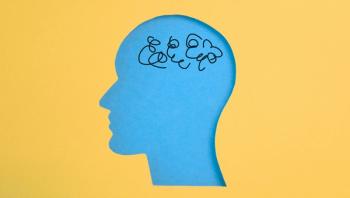
|Slideshows|May 13, 2020
Identifying and Managing Pain in Cognitively Impaired Patients
Author(s)Steven A. King, MD, MS
How can clinicians determine the presence of pain in cognitively impaired patients? And how do you know the medication is working if your patient can’t tell you?
Advertisement
Newsletter
Receive trusted psychiatric news, expert analysis, and clinical insights — subscribe today to support your practice and your patients.
Advertisement
Advertisement
Advertisement
Trending on Psychiatric Times
1
December in Review: Updates on the Psychiatric Treatment Pipeline
2
Misguided Values of AI Companies and the Consequences for Patients
3
The Psychiatric Pipeline in Review: Quarter 4, 2025
4
Southern California Psychiatry: Review of New Agents in Schizophrenia and Dementia
5




